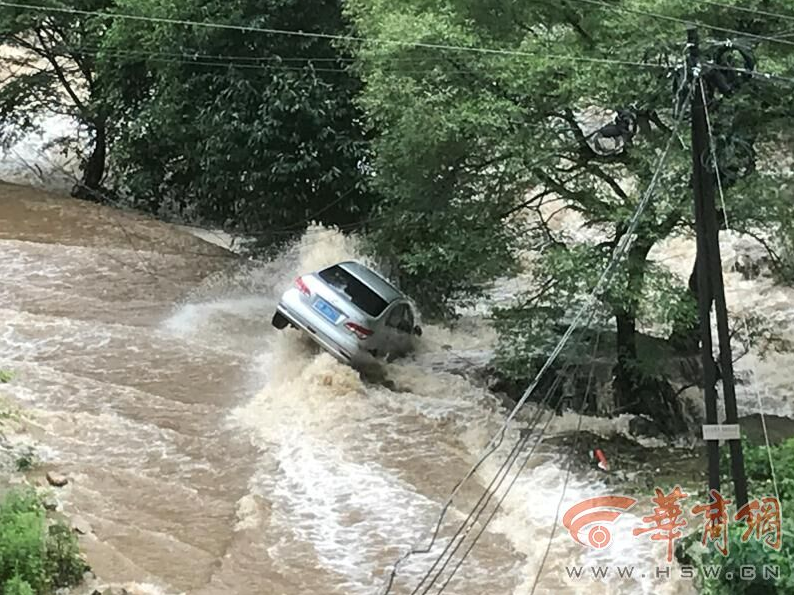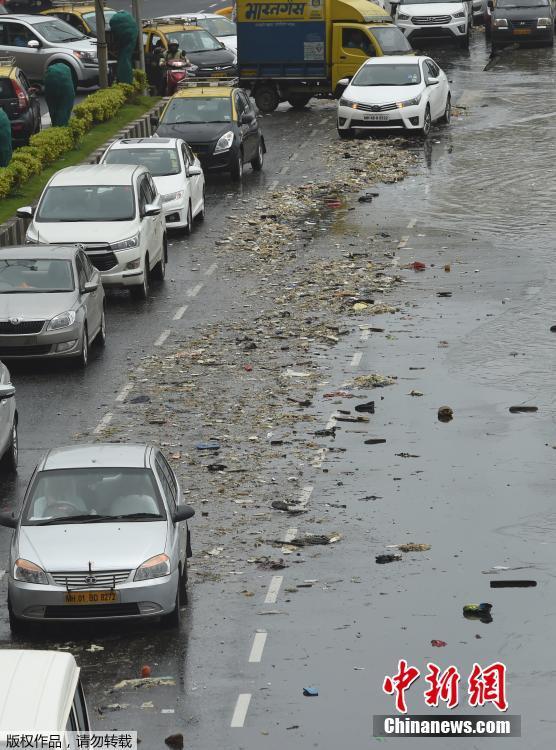【】
You might want to move up any plans to visit Glacier National Park in Montana.
New data shows that the park's namesake rivers of ice are rapidly disappearing due to global warming.
SEE ALSO:Sea level rise could send U.S. 'climate migrants' fleeing to Austin, AtlantaThe warming climate has slashed the size of 39 Montana glaciers since 1966, according to data released by Portland State University and the U.S. Geological Survey (USGS) on May 10. Only 26 glaciers in the park are large enough to still have flowing ice.
The new data includes boundary information for 37 named glaciers within the boundaries of the national park, and two glaciers on U.S. Forest Service land.
 Changing perimeter of the Sperry Glacier in 1966, 1998, 2005, and 2015.Credit: usgs/portland state university
Changing perimeter of the Sperry Glacier in 1966, 1998, 2005, and 2015.Credit: usgs/portland state universityThe loss of the park's iconic ice floes could mean a dramatic decline in tourism revenue, as well as a host of ecological changes, particularly impacts to local rivers and streams. The park had 2.9 million visitors in 2016, the USGS stated in a news release.
“The park-wide loss of ice can have ecological effects on aquatic species by changing stream water volume, water temperature and run-off timing in the higher elevations of the park,” said Daniel Fagre, a scientist with the USGS, in the press release.
The decline of glaciers in Montana is not an isolated phenomenon. Glaciers throughout the world, from Alaska to Chile, the Alps to Antarctica, are shrinking in response to a changing climate.
 Left:Boulder Glacier, 1913Boulder Glacier viewed on August 5, 1913.Credit: Alden, 1913, USGS Photgraphic LibraryRight:Boulder Glacier, 2012Boulder Glacier from previous terminus, taken in 2012. Repeat of Alden photo taken August 5, 1913.Credit: Lisa McKeon, USGS
Left:Boulder Glacier, 1913Boulder Glacier viewed on August 5, 1913.Credit: Alden, 1913, USGS Photgraphic LibraryRight:Boulder Glacier, 2012Boulder Glacier from previous terminus, taken in 2012. Repeat of Alden photo taken August 5, 1913.Credit: Lisa McKeon, USGS“While the shrinkage in Montana is more severe than some other places in the U.S., it is in line with trends that have been happening on a global scale,” Fountain said.
The Greenland Ice Sheet, for example, lost 375 gigatons of ice per year on average between 2011 to 2014, which is equivalent to a block of ice that's 4.6 miles long on all sides.
Loss of land-based glaciers is causing sea levels to rise, making coastal cities and towns increasingly vulnerable to flooding.
 Left:Blackfoot-Jackson Glacier 1913.Blackfoot-Jackson Glacier seen in 1914.Credit: GNPRight:Blackfoot-Jackson Glacier 2009.Blackfoot-Jackson Glacier photographed in 2009.
Left:Blackfoot-Jackson Glacier 1913.Blackfoot-Jackson Glacier seen in 1914.Credit: GNPRight:Blackfoot-Jackson Glacier 2009.Blackfoot-Jackson Glacier photographed in 2009.For the new results, the researchers used aerial photography and satellite images to measure glacier perimeters in late summer, after all the seasonal snow cover has melted.
At Glacier National Park, photographers and park officials have been taking repeated photos of ice floes from the same vantage points over decades, allowing visual confirmation of the results.
The USGS is currently working to study glaciers in Montana, Alaska and Washington to ascertain the extent and severity of ice loss. Depending on local environments, some glaciers may be resisting the broad-scale trends and been stable or even expanded, at least for now.
Featured Video For You
相关文章

Fake news reports from the Newseum are infinitely better than actual news
Actual investigative journalism: who needs it?At least, that's what some people will likely conclude2025-12-16
Rainn Wilson called Elon Musk out after Tesla 'stole' his leaf blower idea
Fact: On April 19, 2019, actor Rainn Wilson tweeted at Elon Musk and asked the tech leader if he cou2025-12-16
A ridiculous number of people watched the 'Game of Thrones' Season 8 premiere
If it felt like everyone and their mother (of dragons) was watchingGame of Thrones onSunday night, i2025-12-16
Hitchhiker's Pride: May 25 is Towel Day, and don't ever forget it
Hoopy froods of the Sub-Etha network: I have many things to say on the importance of towels. Because2025-12-16
Twitter grants everyone access to quality filter for tweet notifications
Twitter introduced two features Thursday in an effort to give users more control on what notificatio2025-12-16
Pete Buttigieg officiated a couple's wedding 45 minutes before their child was born
South Bend mayor and presidential candidate Pete Buttigieg officiated a last-minute city hall weddin2025-12-16

最新评论